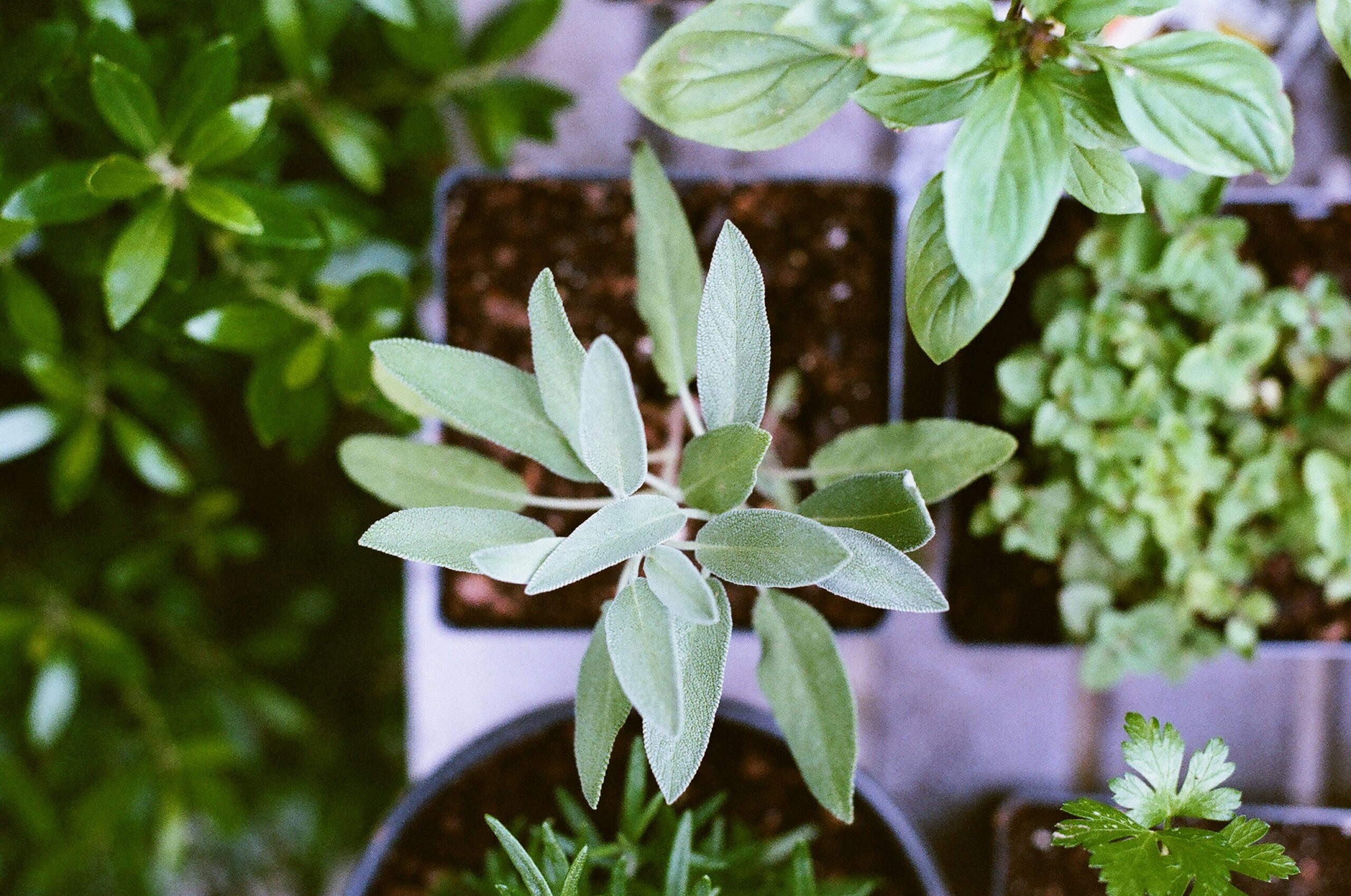

Introduction to rare plants and their appeal
Rare plants have a certain allure that captivates collectors and plant enthusiasts alike. Their uniqueness adds an element of surprise to any indoor garden or outdoor landscape. Whether it’s their unusual shapes, vibrant colors, or special care requirements, each rare plant tells its own story.
As more people discover the joys of gardening and houseplants, the quest for these extraordinary specimens has grown. There’s something thrilling about nurturing a plant that few others can boast in their collection. But it’s not just about aesthetics; rare plants often come with impressive benefits that enhance your living space.
Are you ready to dive into the fascinating world of rare plants? Let’s explore why they are so appealing and what makes them worthy additions to your botanical haven.
The benefits of owning rare plants
Owning rare plants can transform your space into a botanical wonderland. Their unique appearances often spark conversations among guests, making them not just decor but also engaging focal points.
These plants can serve as a personal challenge for enthusiasts. Nurturing their specific needs fosters a rewarding sense of accomplishment.
Moreover, they contribute to biodiversity in your home environment. Each rare plant adds its own touch of nature, enhancing both aesthetics and air quality.
For the collector, rare plants hold value that appreciates over time. As availability dwindles, their rarity often makes them prized possessions.
Cultivating these gems encourages mindfulness and patience. Tending to their growth becomes a meditative practice that calms the mind amidst daily chaos.
Factors to consider before adding rare plants to your collection
Before diving into the world of rare plants, take a moment to evaluate your environment. Lighting conditions are crucial. Some rare species thrive in bright light, while others prefer shade.
Next, consider humidity levels. Many exotic plants require specific moisture in the air to flourish. If you live in a dry climate, think about how you’ll create that ideal atmosphere.
Space is another important factor. Rare plants can grow quite large or have unique growth habits that need room to spread out. Ensure you have enough space dedicated to each new addition.
Research care requirements thoroughly before making a purchase. Some rare species demand more attention than common houseplants do. Understanding their needs will help ensure they become cherished members of your collection rather than sources of frustration.
Top 5 rare plants and their unique features
One of the most fascinating rare plants is the Corpse Flower (Amorphophallus titanum). Known for its massive size and putrid odor when in bloom, it attracts visitors eager to witness this spectacle.
Next up is the Ghost Orchid (Dendrophylax lindenii). This elusive beauty thrives in swamps and has flowers that seem to float in mid-air. It’s a real treasure for collectors who seek something truly unique.
The Blue Vanda Orchid stands out with its striking azure petals. Its vibrant color makes it a stunning addition to any plant collection, though it requires specific conditions to thrive.
Another gem is the Rafflesia arnoldii, famous for producing the world’s largest flower. With its unusual shape and red tones, it’s often called “the corpse lily” due to its smell.
Consider adding the Monkey Face Orchid (Dracula simia) to your collection. Its blooms resemble tiny monkey faces, making it an engaging conversation starter among plant enthusiasts.
Where to find and purchase rare plants
Finding rare plants can be an exciting adventure. Specialty nurseries often carry unique varieties that aren’t available in typical garden centers. A quick online search for local botanical gardens or plant fairs may lead you to hidden gems.
Online marketplaces also offer a plethora of options. Websites like Etsy and eBay feature sellers who specialize in rare specimens. Just make sure to read reviews before making a purchase.
Social media platforms have become invaluable resources as well. Join plant enthusiast groups on Facebook or follow Instagram accounts dedicated to rare plants. Members frequently share tips about where to buy and even host trades among themselves.
Don’t overlook plant swaps in your community, too! These events are perfect for connecting with fellow collectors while expanding your collection without spending too much money.
Tips for caring for rare plants
Caring for rare plants requires a bit of finesse. Start with understanding their specific needs. Research the light, humidity, and temperature they thrive in.
Watering is crucial but can be tricky. Overwatering can cause root rot while underwatering leads to wilting. Always check the soil moisture before adding more water.
Feeding your rare plants is essential too. Use a balanced fertilizer during their growing season to promote healthy growth.
Pest control should not be overlooked. Inspect leaves regularly for any signs of trouble and treat infestations promptly using organic methods when possible.
Provide adequate airflow around your rare collection to prevent mold and mildew buildup. A little attention goes a long way in keeping these unique beauties thriving in your home or garden.
Conclusion: Why adding rare plants to your collection is worth it
Adding rare plants to your collection brings a unique charm and character that common houseplants often lack. Each rare species tells its own story, showcasing nature’s diversity and beauty. They are conversation starters that can impress friends and family.
Owning these plants not only enriches your space but also provides an opportunity for learning. You dive into the specifics of their care, enjoying the journey as you nurture them into thriving specimens. Plus, there’s a certain thrill in seeking out these elusive varieties.
The rarity of these plants adds value beyond aesthetics; they can become cherished treasures over time. By expanding your collection with distinct species, you contribute to biodiversity while experiencing the joy of growing something uncommon.
Adding rare plants elevates your gardening experience to new heights, creating a fulfilling hobby that rewards both patience and passion. Whether you’re aiming for aesthetic appeal or simply wish to expand your botanical knowledge, embracing rare plants is undeniably worthwhile.
